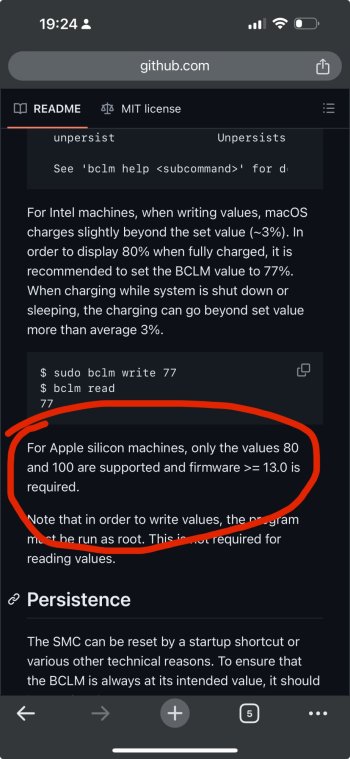What I mean is, if the chip is getting a bit hotter for each generation, that means the MBA will throttle a bit more for each generation because of no active cooling. I felt that my M1 Air never throttles because it never gets warm. If the M4 Air is a bit warmer, and can get much warmer during heavy load, that might convince some of us to go for the M4 Pro instead.
Your premises are incorrect, because you misunderstand how chips work and the notion of "throttling".
It seems that many people think that chips have a natural speed, and that when they get too hot to run at that speed, you have to throttle them. But that's false.
All chips have a characteristic power-performance curve. If you run the chip very slowly, at one end of the curve, you'll generate very little heat. As you ramp up the speed of the chip, it run hotter and hotter. The curve usually extends (almost?) all the way down to zero (no performance at all) but it does not extend out to infinity - you can't run it infinitely fast even if you can cool it with infinite efficiency, because certain design choices you make will limit the maximum speed, regardless of temperatures and voltages. Also, power and performance don't scale linearly: in the general case, every time you ratchet up performance, it costs more power than the previous same-size performance increase.
Every chip's curve is different, and it defines what the optimal speed range is for that chip. That is, mostly, you want to run as fast as you can given:
- you're not using power inefficiently. You mostly want to stick close-ish to the part of the curve where power and performance *do* scale close to linearly. (Unless you're Intel...)
- you're not exceeding the heat envelope of the device the chip is in.
- you're not using more power than is available (either instantaneously, usually not an issue, or over time, due to battery constraints).
So, coming back to your example: Your M1 Air *does* "throttle". It does so aggressively enough that it never feels warm to you. (In fact, with chosen loads, you can get it to run warm. You can't get it to run really hot though.) But that's not really a property of the chip, it's a property of the choices Apple made in the part of the OS that manages CPU utilization. They certainly could run it hot, if they wanted to.
Changes from generation to generation that you perceive - that the M2 and M3 "run hotter" - are not properties of the chips themselves. They are, just as with the M1, properties of the choices Apple made for them: what kind of device to put them in, and how hot to allow those devices to get. Apple decided to get a little more aggressive with the M2 and the M3 in the MBAs, allowing them to run faster and draw more energy for longer than they did the M1.
To put it another way: The M3 is strictly more efficient than the M2, which is strictly more efficient than the M1. That means that for any level of performance that you care to pick, the M3 will always run cooler than the M2, which in turn will always run cooler than the M1. The reason MBAs with newer chips are running a little hotter is that they're not running the same level of performance- they're running faster. In fact their performance increase outstrips their efficiency increase a bit, but they did in fact get more efficient too.
All of this continues with the M4. So how it behaves in the MBA and the MBP will depend solely on Apple's choices about how hot and how fast they want those devices to run. You can't predict those choices based on the properties of the chip that we can discern in the iPad.
TL;DR: You can't know if the M4 MBA will "run hot" or not based on what you know now.


